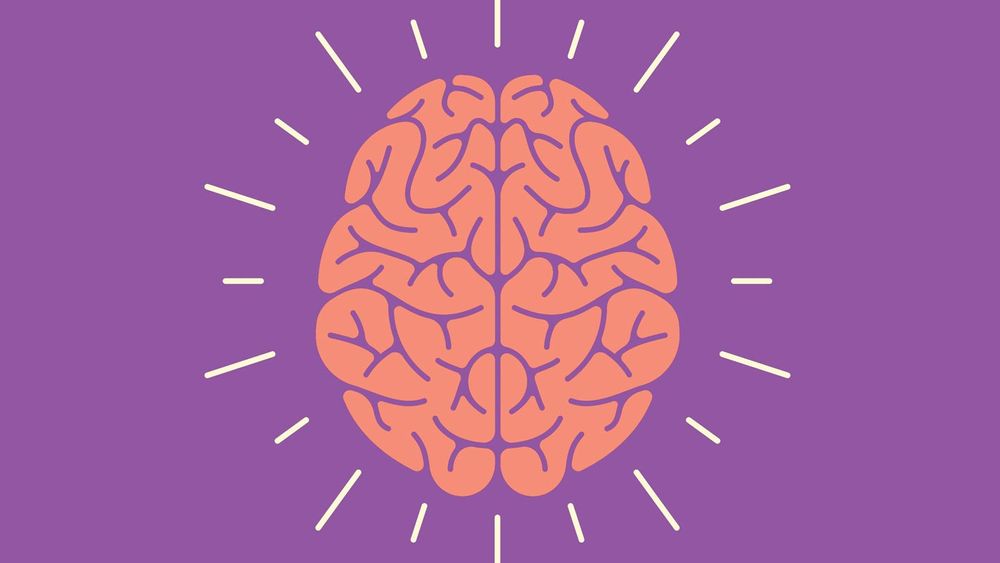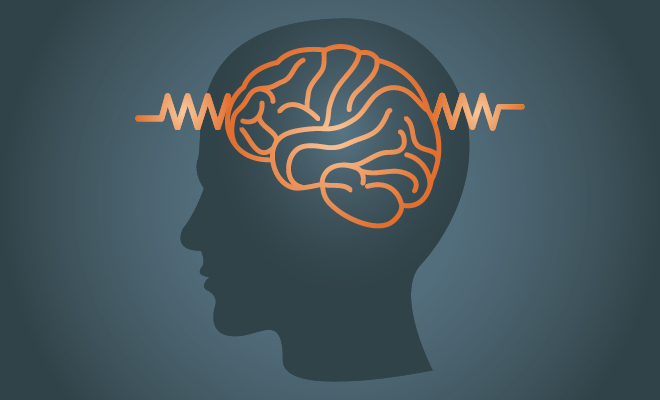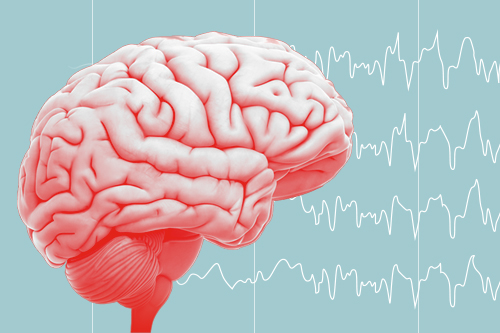

Epilepsy, which mostly occurs as random seizures, develops due to different reasons and is repetitive. Epilepsy, a neurological disorder, occurs due to abnormal electrical activity in a group of neurons in the brain. During the seizure, which is caused by the deterioration of electrical activity, temporary deterioration in the brain functions of the person occurs. There are many different types of epileptic seizures. However, it is often examined in two different types: seizures that are limited to a part of the brain (partial) and seizures that begin widely in the brain (generalized). Although the symptoms that occur from time to time during an epileptic seizure are subtle, uncontrollable body movements usually occur due to the deterioration of brain functions. Epileptic seizures usually last between 30 seconds and 2 minutes. However, epileptic seizures lasting longer than 5 minutes can also be seen. In the presence of this type of epileptic seizures, the person needs immediate medical attention. Symptoms of epilepsy, which may differ from person to person, are mostly seen as inability to control body movements, fainting, tremor, loss of consciousness and memory, urinary incontinence, sensitivity to smells, fatigue and confusion after the seizure.

What Are the Types of Epilepsy?
Epilepsy disease can be classified according to the region of the brain where it is involved. Some people may also have more than one type of epilepsy. Common types of epilepsy can be listed as follows:
Absence Seizures: In absence seizures, which are more common in childhood, the person appears to be immersed when viewed from the outside. In absence seizures, which are characterized by the child's sudden silence during speech, the child remains motionless for about 10 seconds. Does not respond to questions asked. During an absence seizure seen in adults, the person speaks meaningless words, walks, and makes repetitive movements with their hands and/or lips. In absence seizures, the duration of the seizure is short and the person himself does not remember what happened during the seizure.
Simple Partial Seizures: During a simple partial seizure that develops in 3 different ways, the person is conscious. This type of seizure often originates in one of the frontal, temporal, and parietal lobes of the patient's brain. Seizures originating from the temporal lobe are defined as motor seizures. During a motor seizure, the person has a bad odor or taste. He suddenly becomes frightened and feels dizzy. Symptoms such as déjà vu, perception and memory problems, drowsiness, sweating and nausea occur. During the motor seizure, movements such as moving the head to the right and left and raising the arm may occur. The side in which the person raises their arm or turns their head during the seizure indicates which frontal lobe is affected. In other words, if the person turns their head to the left during the seizure, the seizure originates from the left side of the frontal lobe. Depending on the presence of the speech center in the frontal lobe, the person develops a temporary speech disorder. After the seizure, the person may experience short-term weakness or temporary paralysis. The brain region where body senses are perceived is the parietal lobe. In this situation, which leads to the formation of sensory seizures, the person may feel strange feelings. Temporary pain and numbness may occur.
Complex Partial Seizures: During a complex partial seizure in which the person does not remember the moment of the seizure, the person does not fall to the ground. Licking, swallowing and chewing movements can be done. Also, the person may walk around, tugging at their clothes.
Generalized Seizures: In the generalized seizure type, which is the first type of seizure that comes to mind when epileptic seizures are mentioned, the person first becomes stiff and then falls to the ground. All the muscles in your body contract and relax involuntarily. The person is unconscious during the seizure and does not remember anything after the seizure. With the end of the generalized seizure, the person slowly recovers. He is mostly exhausted and confused.
What Are the Symptoms of Epilepsy?
Although the symptoms of epilepsy differ between the types of the disease, the symptoms of epilepsy in general can be listed as follows:
Loss of Consciousness: The person cannot control and remember what happened during the seizure.
Muscle Contraction: During the seizure, all the muscles of the person involuntarily contract and relax. This causes the person to tremble and flutter.
Turning the Head and Eyes to One Side: During the seizure, the person can move the head and eyes to the right or left.
Urinary Incontinence: Due to the inability of the person to control their muscles during the seizure, they may leak urine.
Confusion After the Seizure: With the end of the seizure, the person is tired and confused.

What are the Symptoms that Occur with Epilepsy?
In addition to the common epilepsy symptoms, different symptoms may occur depending on the type of seizure. Some of these symptoms can be listed as follows:
What Causes Epilepsy?
Epilepsy may occur due to genetic, congenital anomalies and birth traumas. In addition, many different factors such as some cerebrovascular diseases, brain inflammation, head trauma, brain hemorrhage, presence of tumors, high fever in childhood and alcohol use may play a role in the formation of epilepsy. However, in many epilepsy patients, the factor causing seizures cannot be determined.
What Are the Stages of Epilepsy?
Some people may feel some symptoms before epilepsy occurs. If the seizure originates from a small area of the brain, these symptoms, which can be felt in some cases before the seizure, are called aura. These symptoms may also differ depending on the region of the brain where abnormal electrical activity occurs. Symptoms that occur before an epileptic seizure can be listed as follows:
Numbness: The person may feel numbness in a certain part of his body.
Vision and Hearing Loss: There may be a difference in the person's vision or hearing.
Smell: Before the seizure, the person may smell bad.
Nausea: A feeling of pressure or nausea may occur in the stomach.
Mood Change: The person may suddenly feel a sense of fear.
How Is Epilepsy Diagnosed?
The person who has an epileptic seizure does not remember what they have experienced. For this reason, it is recommended that the relative who is with the person during the seizure should also go to the doctor so that the doctor can take a detailed anamnesis. The physician asks questions about the duration of the seizure and the way it occurs. To clarify the diagnosis of epilepsy, radiological imaging examinations such as MR, CT, PET and EEG can be performed. In the light of the findings obtained from the results of the examination and radiological imaging, the person is diagnosed with epilepsy.

How Is Epilepsy Treated?
The aim of the treatment of epilepsy is to reduce the frequency of seizures and to prevent seizures completely.
Epilepsy is treated with medication. Medicines suitable for the person diagnosed with epilepsy are prescribed by the physician. It is important that these drugs are used regularly in the dose determined by the physician.
In cases that do not respond adequately to drugs, that is, in epilepsies resistant to drug therapy, surgical treatment can also be applied if appropriate indications are made in additional examinations, taking into account the type, type, number of seizures in the patient, and the use of multiple drugs.